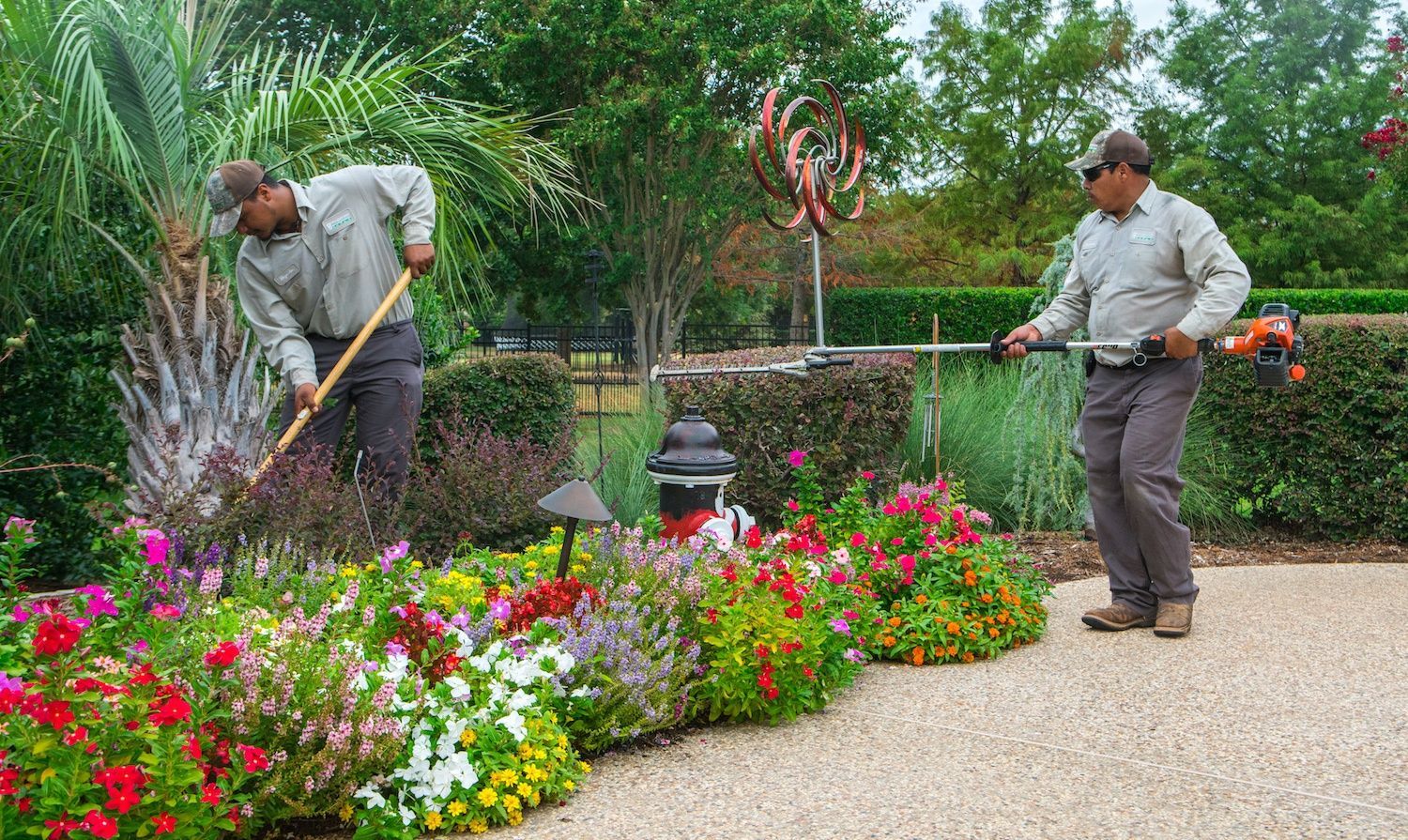This Garden Designer's Resource Kit: Essential Resources and Techniques

When it comes to improving the appearance and usability of outdoor spaces, the design of outdoor spaces takes a key role. Whether you are looking to build a stunning backyard retreat, a lovely front yard that boosts curb appeal, or an eco-friendly garden that encourages green practices, the right resources and approaches can make all the difference. With the growth of personalized outdoor living areas, more homeowners are seeking innovative ideas and realistic methods to transform their gardens into peaceful retreats.
In this comprehensive guide, we will explore fundamental landscape design concepts, from the current trends for the year 2025 to evergreen techniques that cater to limited gardens and easy-care options. We will also explore the fine details of seasonal landscaping, emphasize the value of picking suitable vegetation, and share advice about adding hardscaping elements. Whether you are a seasoned designer or a novice diving into this design realm, the following suggestions and tools will help you design a landscape that is not only aesthetically pleasing but also a real expression of your personal style.
Best Landscape Design Concepts
Crafting a beautiful backyard starts with creative design ideas that showcase your individual taste and address your outdoor needs. One well-liked approach is to incorporate various levels and patterns within the area, using raised beds and layered plantings to create dimension and interest. This method not only boosts the aesthetic but also provides superior drainage and soil health. Incorporating walkways made from rock or decorative gravel can further harmonize the area while providing usable access to various areas.
An additional significant trend is the integration of alfresco areas that extend your home's functionality. Creating an outdoor kitchen, dining area, or lounge can turn your backyard into an welcoming meeting spot for family and friends. Incorporating cozy furniture, ambient lighting, and natural materials will enhance the outdoor experience. Moreover, including elements like fire pits and fountains can generate a calming atmosphere that promotes outdoor enjoyment all year long.
Easy-care landscaping is more and more popular by homeowners wanting aesthetic appeal without the burden of constant upkeep. Choosing local flora adapted to your local climate and earth quality can provide a vibrant array of hues while requiring less water and care. Pairing these plants with stone features such as terraces or stone walls can make easier maintenance efforts, allowing you to appreciate your garden without the ongoing needs of traditional gardening.
Fundamental Methods for Exterior Transformation
Altering an outdoor area begins with a definitive plan that encompasses the dual aspects of aesthetics and functionality. Start by reviewing the existing design, identifying areas that could benefit from upgrade, and determining how you wish to use your space. This preliminary assessment lays the groundwork for a harmonious design that enhances your outdoor enjoyment. Think about the flow of traffic, arrangement of seating, and how distinct elements play off one another throughout the outdoor setting.

Adding hardscaping features such as patios, walkways, and retaining walls brings stability to your design. These kinds of features not only enhance the visual appeal but also provide functional surfaces for activities and minimize maintenance requirements. Select materials that match your home’s architecture and blend seamlessly with natural surroundings. Thoughtful hardscaping ensures your yard can endure the test of time and providing a functional outdoor living area.
Another key technique is the intentional use of plants and lighting. Visit this site for plants that suit your climate and target maintenance level, highlighting on native species for an sustainable approach. Layering plants with differing heights creates depth, while seasonal flowers offer continuous interest throughout the year. Additionally, apply lighting to emphasize focal points and create ambiance during evenings. Effective lighting transforms your landscape into a enchanting retreat, guaranteeing you can enjoy your outdoor space at any hour.
Preparation and Execution of Landscaping Designs
Successful landscape design begins with comprehensive planning. This stage involves assessing the space you have, identifying your requirements, and establishing a financial plan. Collect inspiration from multiple sources like literature, periodicals, and online platforms, concentrating on the top 10 landscape design ideas that resonate with your vision. Develop a list of desires that includes components such as water features, external constructions, and particular species that you desire in your design. A thorough site analysis will allow you to comprehend the solar exposure, soil type, and drainage, which are essential for creating a viable and aesthetically pleasing landscape.
After the design stage is complete, the subsequent action is to develop a landscaping blueprint. Draw out your concepts, incorporating hard landscape elements and considering the rules of color and layout. For those beginners to landscape design, using apps can streamline this task, permitting for simple revisions and adjustments. Make sure to factor in how your design integrates with your home’s architecture and environment. This is the moment to finalize choices for plants, materials, and features while keeping in mind practicality and care requirements.
With the design completed, it's time to move into implementation. This involves getting ready the site, which might entail removing debris, grading, and amending the soil. Follow your design closely, executing each step systematically, whether you're installing hardscapes or planting. Keep an awareness on the changing seasons and how they may influence your landscape throughout the year. A well-planned landscape will not only beautify the beauty of your outdoor area but also offer a sense of tranquility and connection with nature. Consistent maintenance will be crucial to maintain the durability of your design and to adjust to changing conditions over time.
